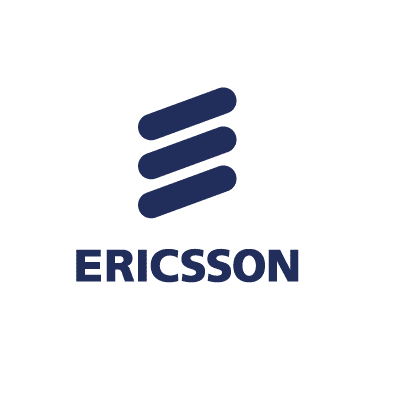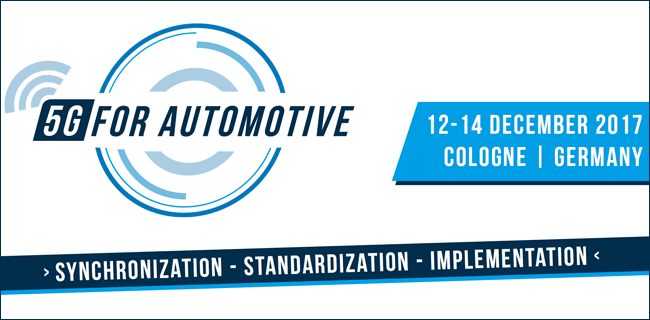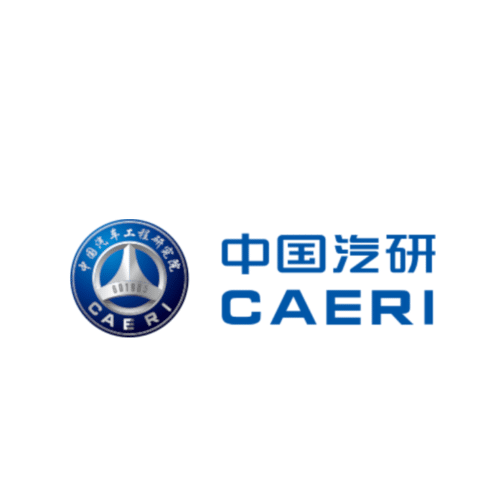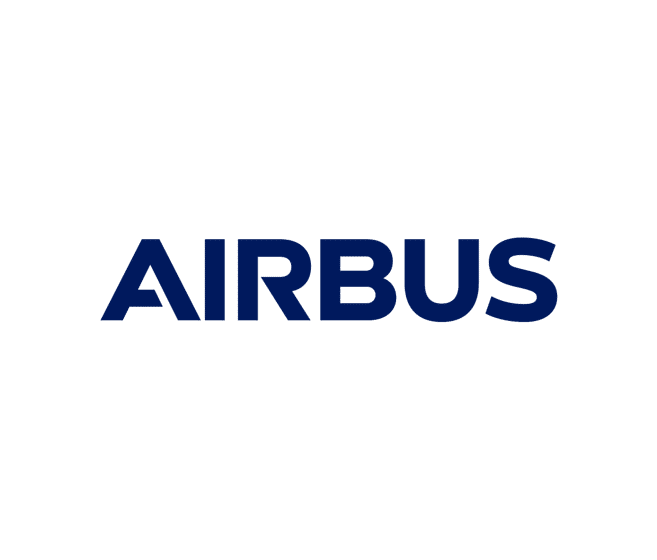
5GAA 2nd GA and WG Meeting

5GAA and 6G-IA sign a Memorandum of Understanding
Brussels (BELGIUM), 11 August 2022 – The 5G Automotive Association and the 6G Smart Networks and Services Industry Association (6G-IA) have recently signed a Memorandum of Understanding (MoU) as a result of their mutual interest in strengthening the liaison between EU-funded projects on V2X and Connected and Automated Driving (CAD) with the relevant industry players, along with their wish to ensure the successful exploitation of V2X and CAD EU-funded project results.
The 6G-IA is the voice of European Industry and Research for next-generation networks and services. Its primary objective is to contribute to Europe’s leadership on 5G, 5G evolution and SNS/6G research. This aim brings together a global industry community of telecoms and digital actors, such as operators, manufacturers, research institutes, associations, universities, verticals and SMEs. The 6G-IA carries out a wide range of activities in strategic areas, including standardisation, frequency spectrum, R&D projects, technology skills, collaboration with key vertical industry sectors —notably for the development of trials— and international cooperation. It represents the private sector in both the 5G Public Private Partnership (5G-PPP) and the Smart Networks and Services Joint Undertaking (SNS JU), where the European Commission represents the public side.
5GAA, on the other hand, is a global cross-industry organisation of companies from the automotive, technology, and telecommunications industries (ICT). The association’s objectives are to develop, test and promote cellular technology-based communications solutions, initiate their standardisation, and accelerate their commercial availability and global market penetration to address society’s connected mobility and road safety needs.
Under this MoU, both parties agreed to cooperate for the benefit of the connected and automated mobility sector and society as a whole.

Ericsson AB
Ericsson is one of the leading providers of Information and Communication Technology (ICT) to service providers, enabling the full value of connectivity by creating game-changing technology and services.

GSMA Internet of Things at 5G

C-V2X direct communications-based tolling: China Case Study
This Technical Report provides a business study on C-V2X-based tolling in China based on the concept of free-flow ETC. The study, conducted by Tongji University Cooperative Automated Transportation (CAT) Lab for 5GAA, focuses on C-V2X direct PC5 communication-based tolling applications on highways or in highway scenarios.
This study serves as a business analysis, rather than a detailed technical solution. It includes a rough proposal for a roadmap and for PC5 communication-based tolling scenarios, investment analyses of the infrastructure side, and PC5 industrial chain development on the vehicle side, in order to verify the migration possibility and its path between C-V2X ITS and the traditional tolling business model.
The document is fully available here.

Federal Funding Opportunity for Wireless Technology: Safe Streets and Roads for All (SS4A) Grant Program
Through September 15, 2022, a Notice of Funding Opportunity (NOFO) from the U.S. Department of Transportation (USDOT) will be open for Safe Streets and Roads for All (SS4A) grants in FY22. It’s an opportunity for companies to apply for a part of $1 billion per year in FY22-26 grants to prevent roadway deaths and serious injuries.
The timing is fortuitous. Newly released traffic crash estimates from the National Highway Traffic Safety Administration (NHTSA) show that traffic fatality rates in 2021 are the highest since 2005. NHTSA projects a final tally of 42,915 lives lost during 2021 in traffic crashes nationwide.
Making transportation safer and more equitable
To support its goals, the SS4A program funds activities that will help lower fatalities on U.S. roads and highways. The program is also an opportunity to fund regional, local and Tribal initiatives aimed at making transportation equitable for all road users.
Equity is an important element in underserved communities, which are disproportionately affected by fatalities among vulnerable road users (VRUs). These users include pedestrians, cyclists and the growing number people using micro-mobility options such as e-bikes and scooters.
Underserved communities also have higher vehicular traffic volumes, trucking routes and major arterial roads. They are characterized by intersections that are unsafe or impassable by foot or bike, and an overall lower level and quality of walking and cycling infrastructure. NHTSA’s projections for 2021 show alarming increases in fatalities for pedestrians (13 percent), motorcyclists (9 percent) and bicyclists (5 percent), making the SS4A funding opportunity even more fortuitous for VRUs.
Applying C-V2X technology to prevent road fatalities
Many roadway deaths are preventable. Cellular-vehicle-to-everything (C-V2X) is a wireless technology that allows vehicles to communicate directly with each other (V2V), with roadside infrastructure (V2I) and potentially with pedestrians (V2P). C-V2X supports information sharing to facilitate applications that enhance safety for all road users.
NHTSA believes that safety applications supported by V2V and V2I could eliminate or mitigate the severity of up to 80 percent of non-impaired crashes. Also, connected vehicle technology is on the National Transportation Safety Board’s Most Wanted List of transportation safety improvements.
The following use cases illustrate the immediate impact of safety applications that use C-V2X technology:
- Red-light violation warning (RLVW)
More than half of all fatal and injury crashes happen at intersections (source). The most common cause of all urban crashes, drivers running red lights result in an average of seven fatalities and more than 1,000 injuries per day at signalized intersections across the country (source).

- Intersection movement assist (IMA)
Similar to RLVW, IMA safety applications can alert other drivers when someone is running a red light so they can take action to stop before entering the intersection. - Spot weather warnings
Inclement weather, which can result in road hazards such as icy patches on highways, are not easily detected by LIDAR sensors. Infrastructure-to-vehicle (I2V) applications can send a warning to approaching vehicles, reducing the potential for sharp drops in speed that can result in road incidents. - Traffic signal pre-emption
Aimed at shortening emergency response times to help save lives, this use case allows vehicles like ambulances and fire trucks to remotely trigger a green light. Related V2V applications share this information with nearby vehicles so drivers can take action to move out of the way, reducing congestion along the route to improve safety for first responders and road users alike. - School zone safety
C-V2X alerts drivers when they are entering an active school zone and notifies them of the reduced speed limit. Future applications might include automatically slowing vehicles as they approach an active school zone.
See more use cases below.
What you can’t see can hurt you, and C-V2X plays a critical safety role because it allows the vehicle to see more than the driver can see. Regular sensors keep vehicles safe in immediate surroundings; C-V2X provides more robust signaling to help vehicles see around blind corners and many other types of obstructions. It connects vehicles and roadside infrastructure that are not in each other’s line of sight and allows them to share information about traffic conditions.
How C-V2X fits with SS4A
SS4A accepts both Action Plan Grants and Implementation Grants, with the latter drawing upon the foundation of the former. The program calls out four selection criteria:
- Safety impact
- Equity, engagement, collaboration
- Effective practices and strategies
- Climate and sustainability, and economic competitiveness
Two notable considerations are project readiness and funds to underserved communities.
USDOT lists several sample activities for Implementation Grants that align closely with C-V2X, including these:
- Deploying advanced transportation technologies, such as the installation of connected intersection-based safety solutions and vehicle-to-infrastructure advisory speed limit systems (e.g., intelligent speed assistance — see above)
- Evaluating and improving the safety of intersections by considering innovative design changes, improved delineation, and advanced warning
- Creating safe routes to school and public transit services through multiple activities that lead to people safely walking and biking in underserved communities.
- Promoting the adoption of innovative technologies or strategies for the safety and protection of VRUs in high-traffic areas where commercial motor vehicles (CMVs), pedestrians, bicyclists, and motorcyclists interact.
Next steps
As part of the Bipartisan Infrastructure Law, SS4A is a discretionary program with $5 billion in appropriated funds over the next 5 years. A related opportunity opening up in late 2022 is the $500 million Strengthening Mobility and Revolutionizing Transportation (SMART) Grants from USDOT. Both SS4A and SMART provide a path to federal funding to build novel uses of C-V2X and 5G technologies into the nation’s infrastructure. To provide more visibility for industry stakeholders, USDOT has published a full list of funding opportunities with anticipated dates for 2022.
Applications built around C-V2X can help make intersections safer and reduce fatalities due to speeding in the use cases shown above, as well as in these:
- At-grade rail crossings — alerting emergency vehicles that a rail crossing is closed, enabling early rerouting and avoiding delays in life-saving calls
- Pedestrian crossings — detecting when a VRU is in the crosswalk ahead and warning approaching drivers to proceed with caution
- Incident clearance and response — sending alerts to drivers as they approach an emergency vehicle stopped in or along the roadway ahead, thereby helping to prevent secondary crashes
- Wrong-way driving — detecting drivers who go the wrong way on on-ramps and highways, then alerting the driver, nearby drivers, and law enforcement
These applications can also help make transportation equitable in underserved communities, fulfilling another important goal of SS4A.
Find out how to apply for SS4A grants here and in the USDOT’s “Safe Streets and Roads for All” webinar series.

China Automotive Engineering Research Institute Co., Ltd.

5th Working Group Meeting

Airbus Defence and Space GmbH
Airbus is a global pioneer in the aerospace industry, operating in the commercial aircraft, helicopters, defence and space sectors.

SAE WCX 2019
WCX™ World Congress Experience is a mobility industry’ annual event taking place from 9 to 11 April 2019 for forward-thinking engineers, executives, OEMs, suppliers, decision-makers, disruptors and the entire spectrum of the mobility-engineering field. Experience three days of expert-led technical education, peer-to-peer networking, a technology-driven exhibit floor and global mobility solutions that are shifting the marketplace. From IoT, Big Data and connectivity to automated and unmanned vehicles, and from safety, blockchain and powertrain to sustainability and cybersecurity, WCX covers every corner of the industry.
The 5G Automotive Association (5GAA) will be present at SAE WCX and be involved in different sessions on Wednesday 10 April 2019:
– C2C “Cloud and Car Enabled Digital Services” panel discussion with CTO Maxime Flament – 2:10 to 3:20 pm
– Learning Lab C-V2X use on the road for safety and efficiency – Exhibition Floor, 3:30 to 3:50 pm
– Learning Lab C-V2X momentum and commercial readiness – Exhibition Floor, 4:00 to 4:20 pm
You can also find 5GAA and meet up at our lounge located in the Connect 2 Car Pavilion, n°1307 (map available here).
For more information, please contact marcom@5gaa.org


